The International Association of Antarctic Tour Operators (IAATO) released the tourism figures for the 2016-2017 Antarctica cruise season (November to March). The total number of passengers that traveled with its members increased 15% over the year before to 44,367. Some 98% departed from South America (Argentina and Chile) on ships carrying less than 500 passengers. This figure is the size limit for landings on the Continent of Antarctica. The larger than usual increase was partly caused by two additional ships entering the market with passenger capacities of 390 and 500.
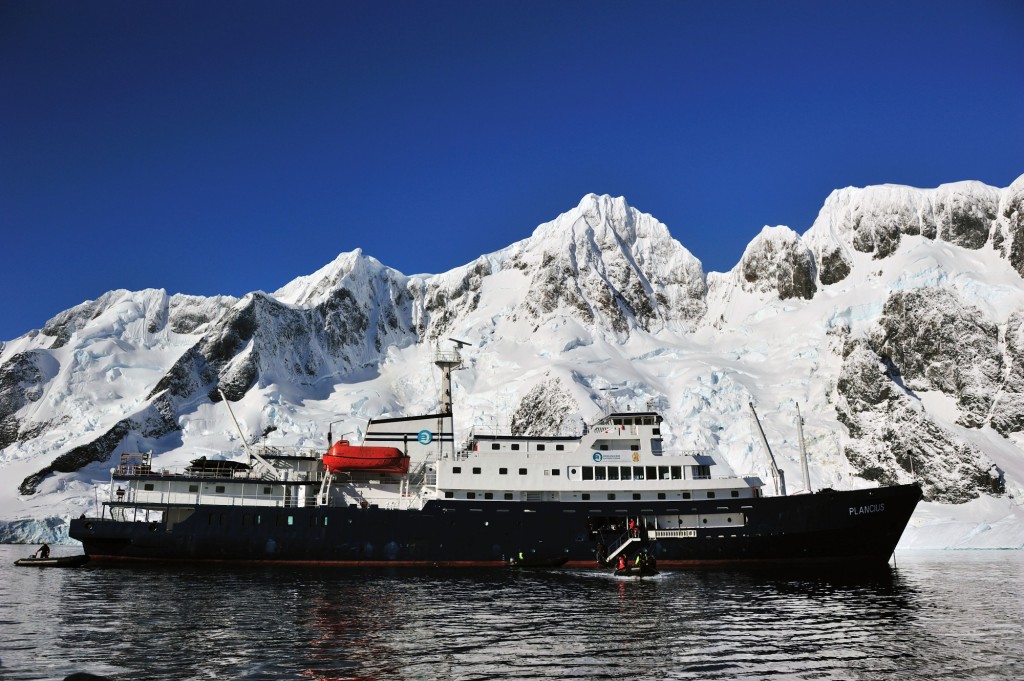
Planicus in Antarctica.* Photo: Robert van Poppelen-Oceanwide Expeditions
The peak season (2007-2008) saw 46,265 visitors, and it is expected that a 5% increase next season will surpass the record. IAATO reports that 3,202 travelers flew the Drake Passage to join their ship, an increase of 36% over the previous year. While pricey, flying avoids the sometimes rough passage and saves about a day of travel time. Cruise passengers, traveling on ships exceeding 500 capacity that do not call in Antarctica, declined by 8%. Air and land tourism to Antarctica’s interior counted just 452 visitors in 2016-2017.
The United States continues to occupy the number one position with a 7% increase and composing 33% of the international total. The Chinese numbers increased 25% to catapult them in second place ahead of Australia, Germany and Britain.
As most landings are along the Antarctic Peninsula, and with just one ship permitted at a time, there is a bit of jockeying amongst the operators to make it all happen smoothly.
Founded in 1991, The primary goal of the association is to “advocate and promote the practice of safe and environmentally responsible private-sector travel to the Antarctic.”
As an addendum, Ben Lyons, CEO, Expedition Voyage Consultants had this to add:
Certainly the number of increased ships presents additional complications to expedition lines’ operations, and each IAATO company maintains a ‘wilderness etiquette’ that ensures that no two ships are in the same landing at the same time. Of course, operators want to ensure as well that their presence does not bring any harm or strain to the animals or landing sites. To help ensure a successful management plan into the future, IAATO is planning to gather its members later this year to review a variety of proposals and conservation management techniques.
With fixed length itineraries, operators are also looking at new landing sites beyond many of the traditional, well known spots along the Danco coast. There are many such locations, equally full of wildlife, between the Grandidier Channel and the Antarctic Sound (where most cruise lines operate), that don’t currently receive many ships. Of course, as more ships come on line that are Polar Code compliant, the possibility to venture a bit further afield, and into the ice a bit more, is also a possibility, potentially opening up cruising opportunities beyond the traditional sites currently being used.


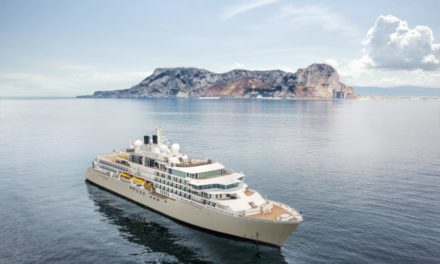
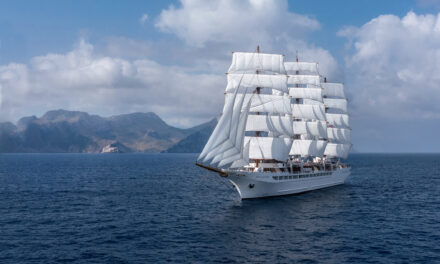
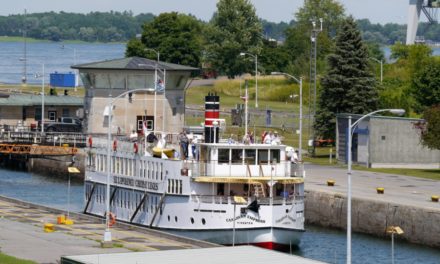
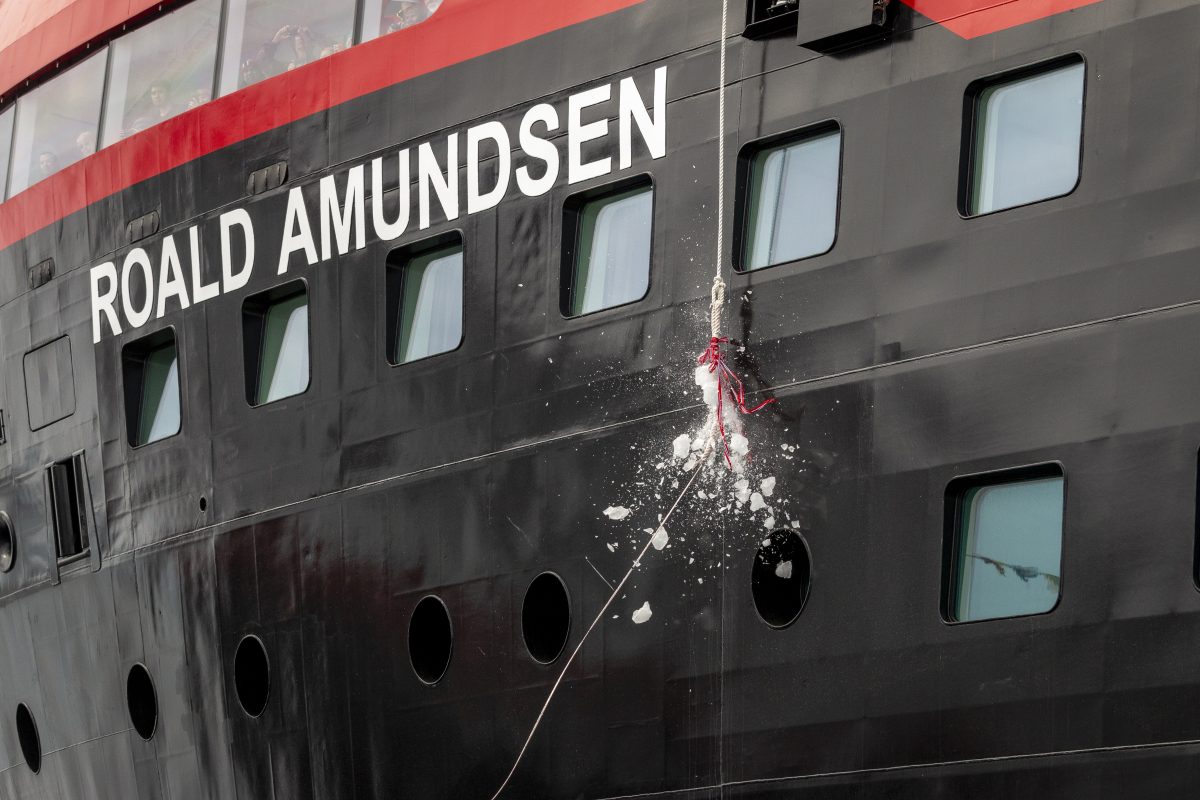








 HEIDI SARNA
HEIDI SARNA











